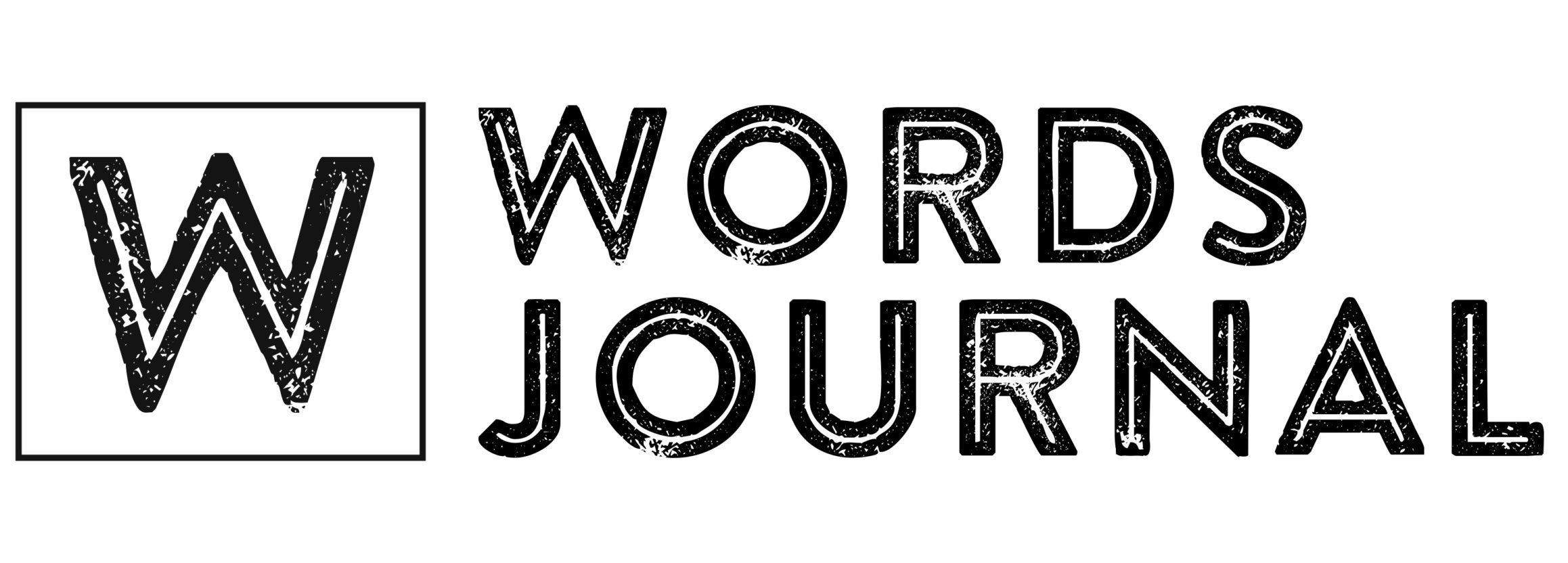Standing out as a consumer packaged goods (CPG) brand is no easy task, especially considering the high number of market competitors and fluctuating customer loyalties. Brand managers know how difficult it can be to retain existing customers and bring in new ones, which is why creative CPG packaging is an incredibly useful tool for brands looking to grow. In this post, we’ll share some basic information about creative CPG packaging. For more in-depth information about creative packaging design, check out Case Makes’ Ultimate Guide to Creative Packaging.
What are consumer packaged goods (CPG)?
Consumer packaged goods are products for everyday use that need to be replaced regularly, such as food, clothes, makeup, beverages, and household products. CPG products can be contrasted with durable goods, which are longer-lasting products such as cars, jewelry, and home appliances. The CPG market is highly competitive, especially because there is limited shelf space in retail stores, which is why brands depend on creative, eye-catching CPG packaging to stand out.
Technical and Creative Packaging Considerations for CPG
Creative packaging should be a top priority for CPG brands. Packaging can give a CPG product visibility in a retail environment and increase the odds of a purchase. On a crowded shelf, a shopper is far more likely to pick up a product with an eye-catching packaging design. This kind of visual impact encourages shoppers to try a product, but it also increases brand awareness and brand loyalty.
The information included on the packaging also influences its design. Certain types of packaging must have specific labels (e.g. nutritional information on food packaging) in accordance with legal and retail requirements. Brands have to take this into account when designing CPG labels and packaging to ensure that the messaging and visual hierarchy is intact and can be maintained should these requirements change.
The Two Important Types of CPG Packaging
There are three different types of CPG packaging: primary, secondary, and tertiary. For brand managers, package designers, and consumers, the first two types are what matter when it comes to creative CPG packaging design:
- Primary Packaging: This packaging directly touches the product itself and protects it from outside damage. Primary CPG packaging that buyers typically see on retail shelves include products like shampoo bottles, dishwashing liquid bottles, and soda cans.
- Secondary Packaging: This packaging has two different uses on retail shelves. It’s used when a set of products is sold together, making them easy to carry and sell as a unit, like the cardboard carton that holds a six-pack. Secondary CPG packaging can alternatively be used to protect the primary packaging and the product even further, such as a box of toothpaste around a tube of toothpaste.
Recent CPG packaging trends
CPG packaging trends come and go. They have many influences, including technological innovations, changing cultural preferences and fashions, the desire for novelty, new legal requirements, and more. Below are some recent factors that are broadly affecting CPG package design:
- Increased use of non-plastic packaging due to environmental mandates and expectations from environmentally conscious buyers.
- Smart, connected packaging (e.g. smart tags with QR codes) that leverage technological developments in smart devices and the Internet-of-things
- Increased use of optimized CPG packaging for online shipping due to a significant increase in e-commerce shopping
Creative Packaging for CPG Stats
Creative packaging for CPG products is a tool that brands cannot afford to miss out on. According to research:
- CPG brands that focus on packaging design have experienced a 30% increase in consumer interest.
- Around 40% of all customers share photos of the packaging they consider exciting and eye-catching.
- About one-third of purchasing decisions are based on packaging design combined with personal preferences.
- 52% of consumers are more likely to buy a product again if the packaging is of premium quality
Final word
Standing out among competitors is hard for CPG brands. That’s why brands with creative CPG labels and packaging that attracts customers will have an edge, whether on the shelf or on an e-commerce site. Innovative packaging design is incredibly valuable—when done right, it can grow brand awareness, increase sales, and increase customer loyalty.
